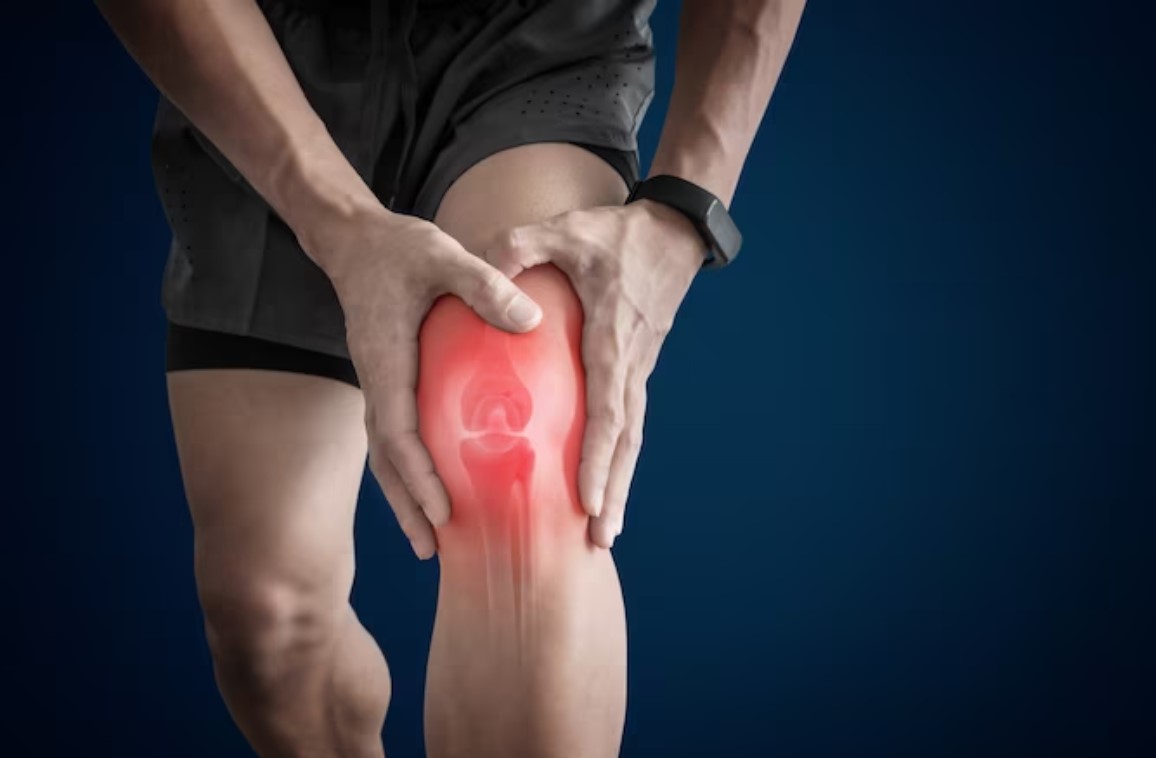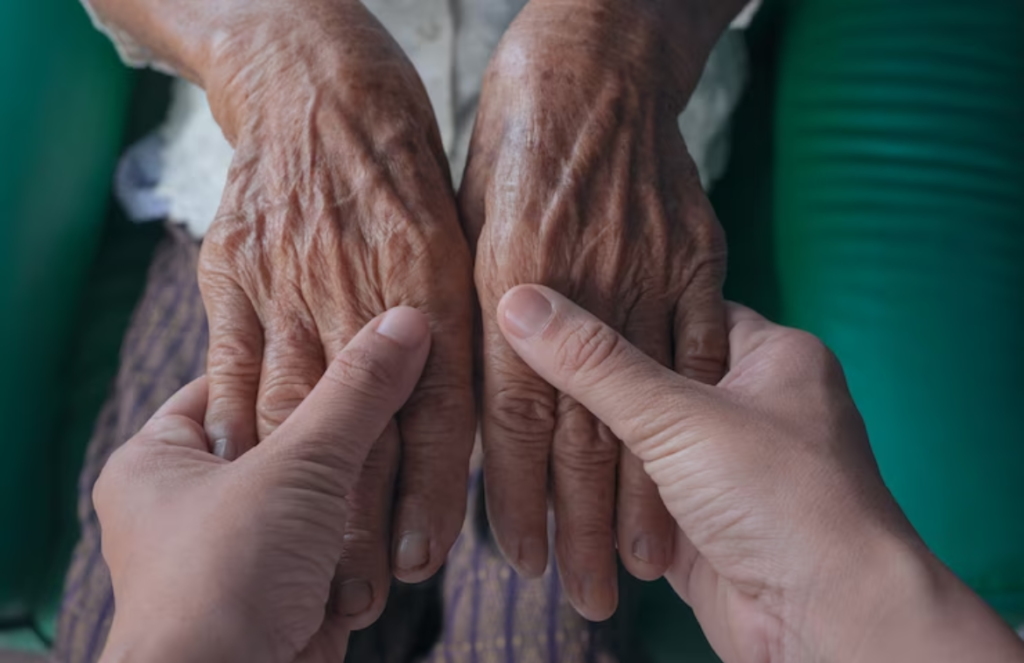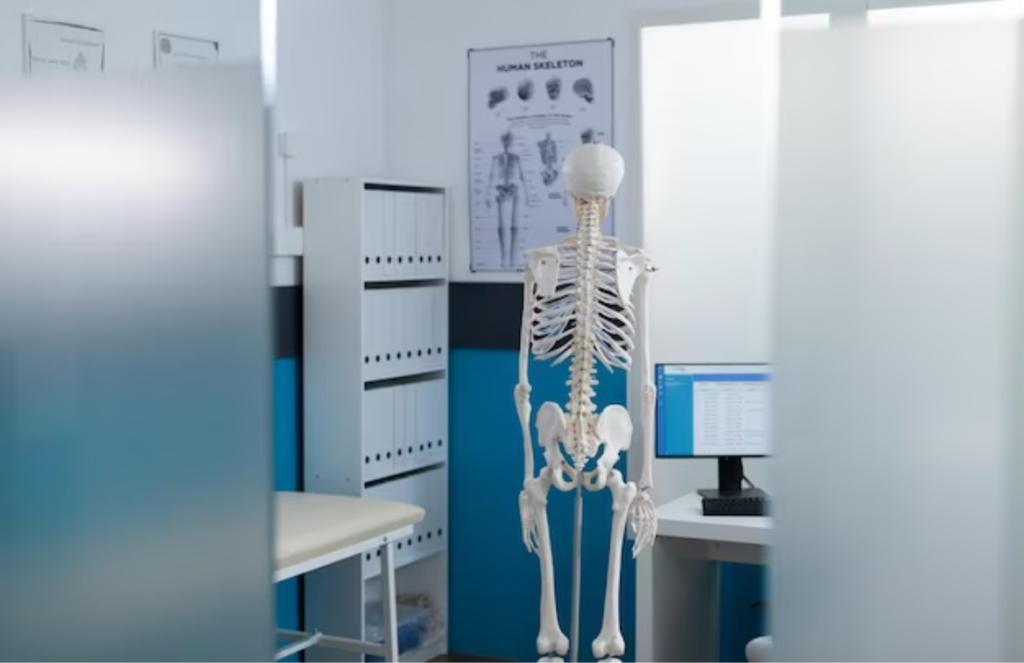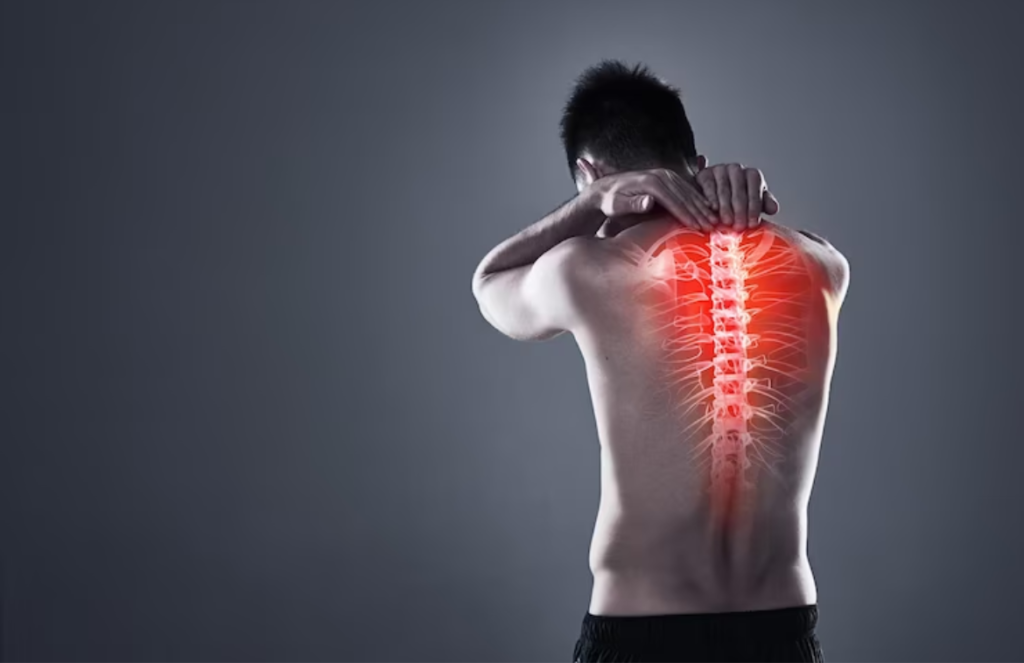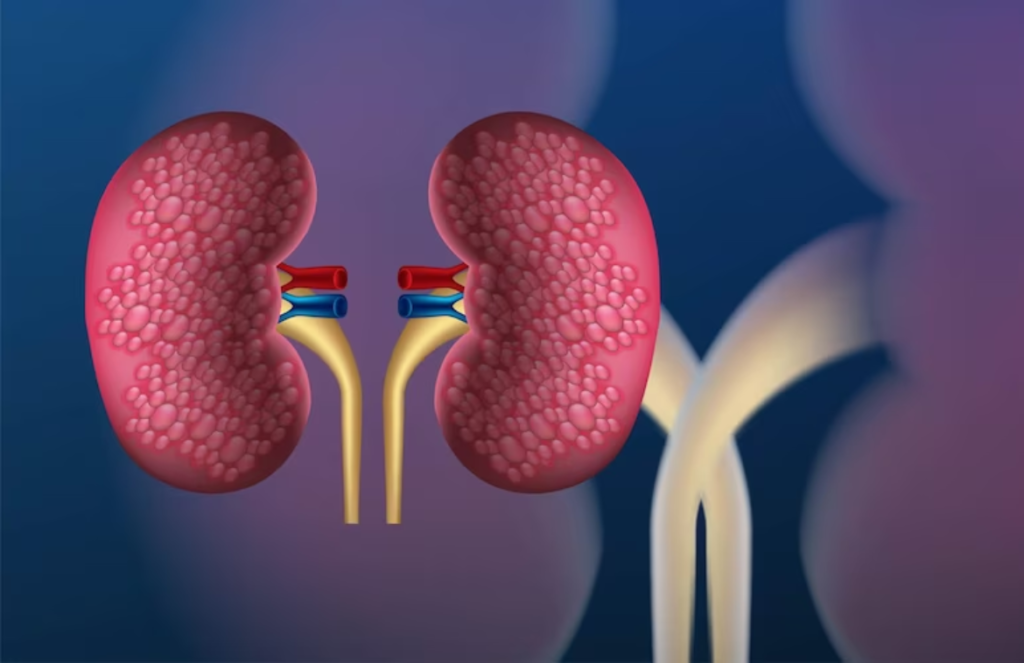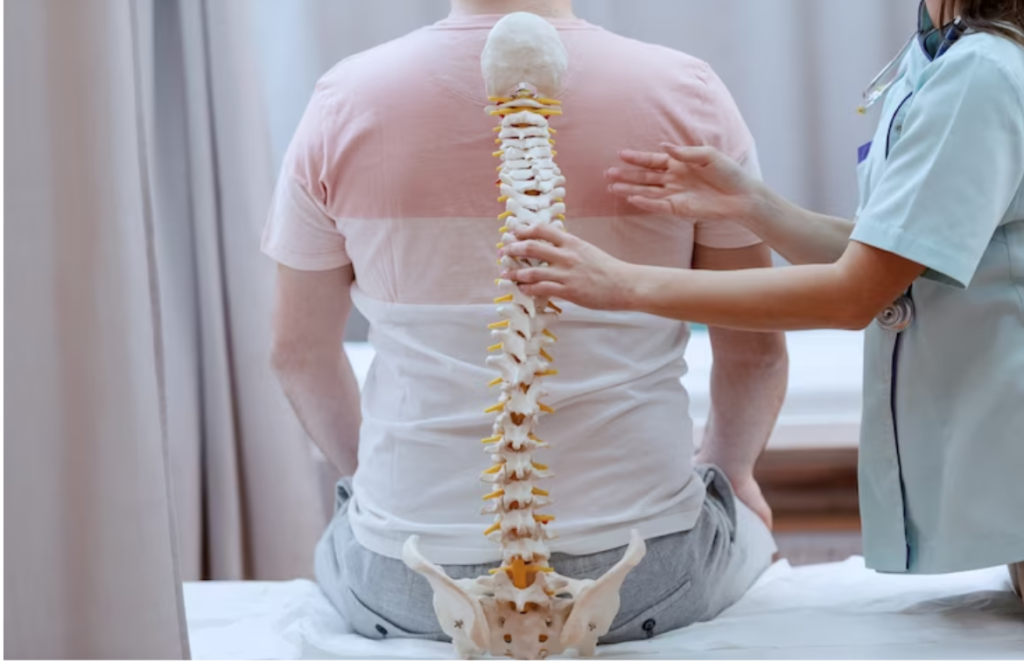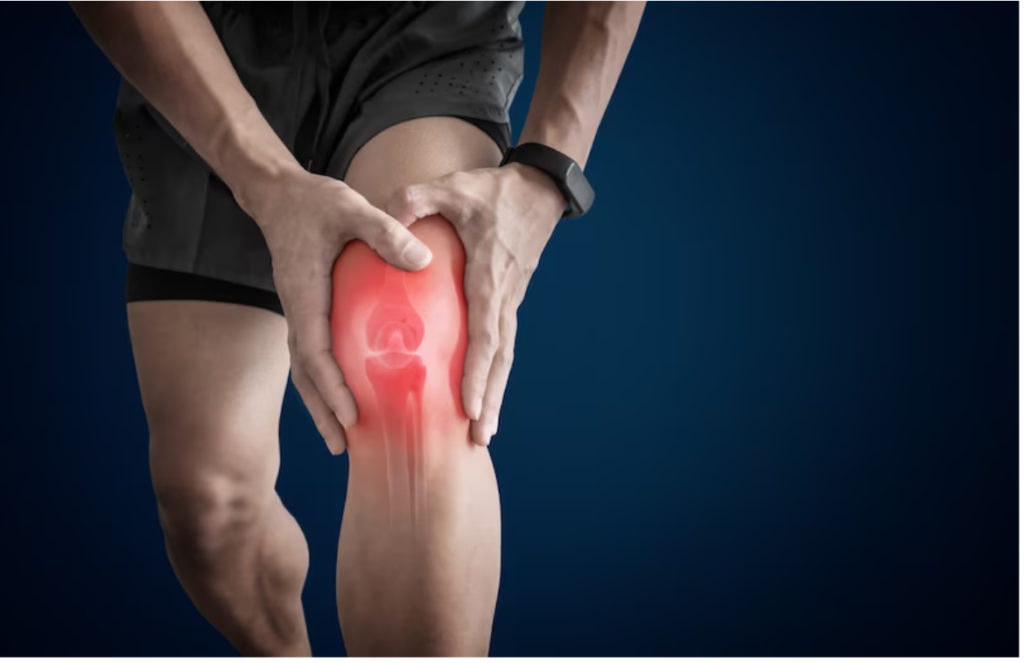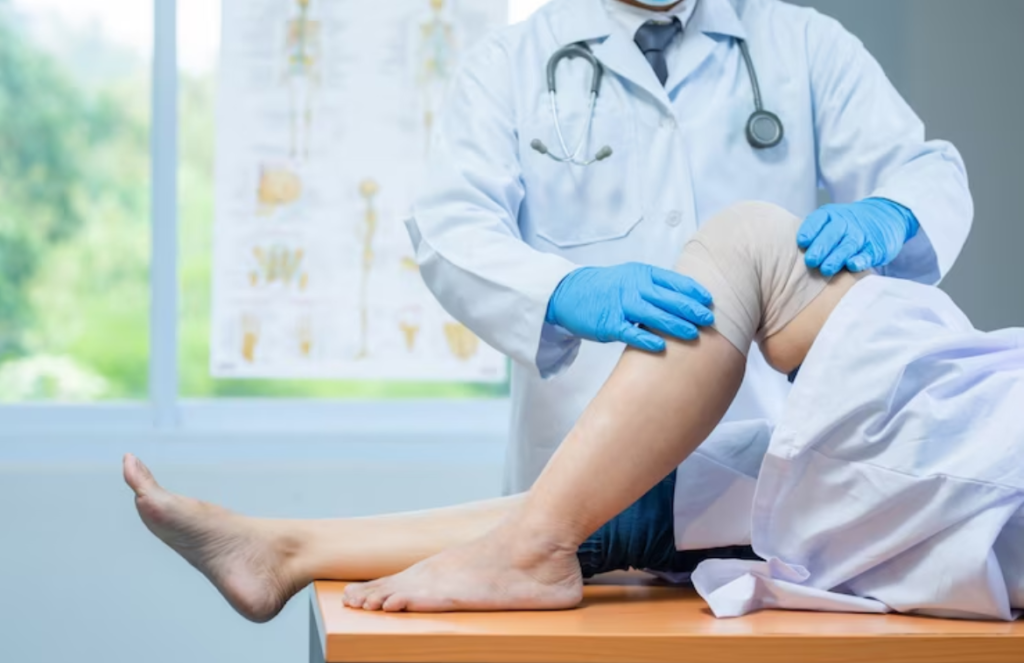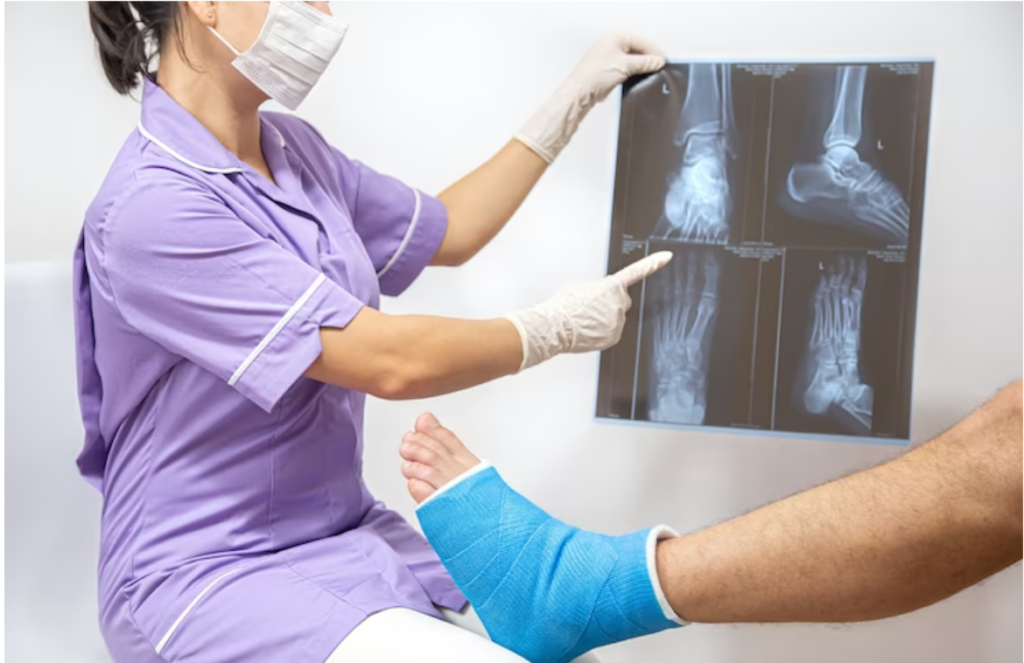Gout occurs when urate, a substance in one’s body, builds up and also forms needle-shaped crystals in one’s joints. This leads to pain and swelling, and there are changes in how a person moves and uses the affected joint.
It is caused by the accumulation of uric acid crystals, called urate, in the joints. Excess consumption of meat and seafood, obesity, and certain conditions such as heart disease, kidney disease, and family history age that are common for people over 50 years of age
Gout is indeed a common and complex form of arthritis that can affect anyone. It is characterized by sudden, severe attacks of pain, swelling, redness, and tenderness in one or more joints, most often in one’s big toe.
An attack of gout can occur suddenly, often waking a person up in the middle of the night with the sensation that his or her big toe is on fire. The affected joint is hot, swollen, and also so tender that even the weight of the bedsheet on it may seem intolerable.
Gout symptoms can come and go, but there are ways to manage symptoms and also prevent flares.
Causes
- Excessive consumption of meat and seafood.
- Obesity.
- Certain conditions, such as heart disease and kidney disease.
- Family history.
- Age: common for people above 50 years of age.
- Certain medications.
The risk factors include:
- Age, as it usually affects people between the ages of 30 and 50.
- Sex: Men are more likely to develop gout.
Symptoms
The signs and symptoms of gout usually occur suddenly and often at night, like:
- Intense joint pain: Gout usually affects the big toe but can also occur in any joint. Other commonly affected joints include the ankles, knees, elbows, wrists, and fingers. The pain is, in fact, likely to be most severe within the first four to 12 hours after it begins.
- Lingering discomfort: After the most severe pain does subside, there can be a little joint discomfort that can last from a few days to a few weeks. Later attacks are, in fact, likely to last longer and affect more joints.
- Inflammation and redness: The affected joint or even joints do become swollen, tender, warm, and also red.
- limited range of motion: As gout progresses, a person may not be able to move one’s joints normally.
When to see the doctor?
If experiencing sudden, intense pain in one’s joint, call the doctor. Gout, which tends to go untreated, can indeed lead to worsening pain and joint damage. Seek medical care immediately if you have a fever and a joint that is hot and also inflamed, which may be a sign of infection.
It is, of course, safe for people to walk with gout. In fact, joint-friendly activities like walking can help improve gout-related pain. Yet, there are a few risks linked to exercise as well as gout. Gout is indeed a form of arthritis that usually affects the big toe joint, but it can also affect the lesser toes, ankles, and knees.
1. Characteristics: During, of course, a gout attack, symptoms in the affected joint can include:
- Intense pain.
- Discoloration or redness.
- Stiffness.
- Swelling.
- Tenderness, even to a light touch (like a bed sheet covering the affected joint).
- There is a feeling that the joint is on fire.
2. Treatment Options:
- Medications: Rapid treatment with medications can indeed help reduce gout pain. Non-steroidal anti-inflammatory medications (NSAIDs) such as Advil (ibuprofen) or Aleve (naproxen) are rather commonly used to reduce inflammation and pain during acute gout flares.
- Prescription Medications: For severe gout pain, medical professionals can prescribe medications like Colcrys (colchicine), Indocin (indomethacin), or corticosteroids to treat a gout flare quickly.
- Preventive Medications: Preventive medications like Zyloprim, Probalan, or Uloric do work by reducing uric acid levels in one’s body and help in preventing future gout flares. Yet, they are ineffective at reducing pain during an active flare.
Conclusion
Consulting with a healthcare provider if experiencing severe gout pain or having any concerns is necessary.

